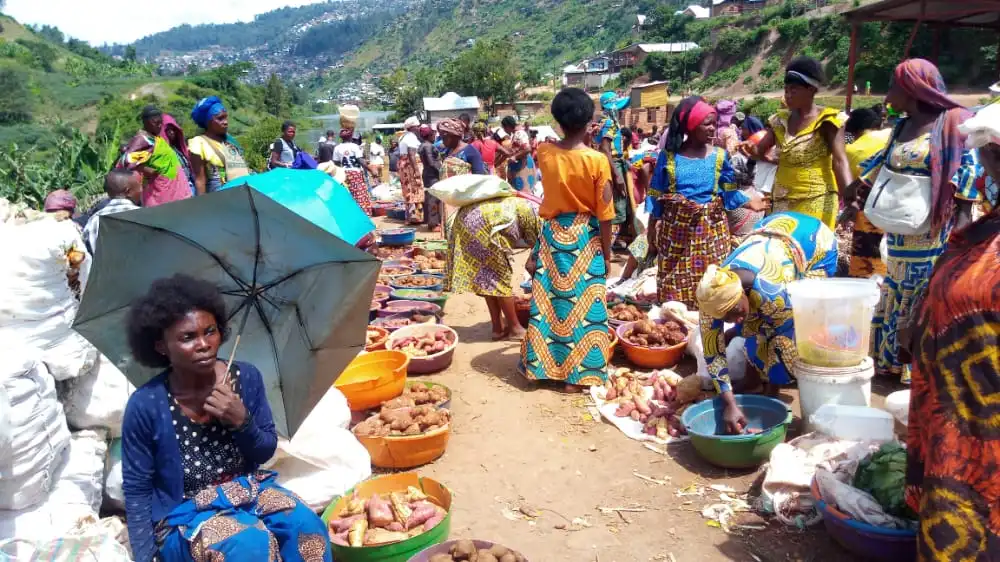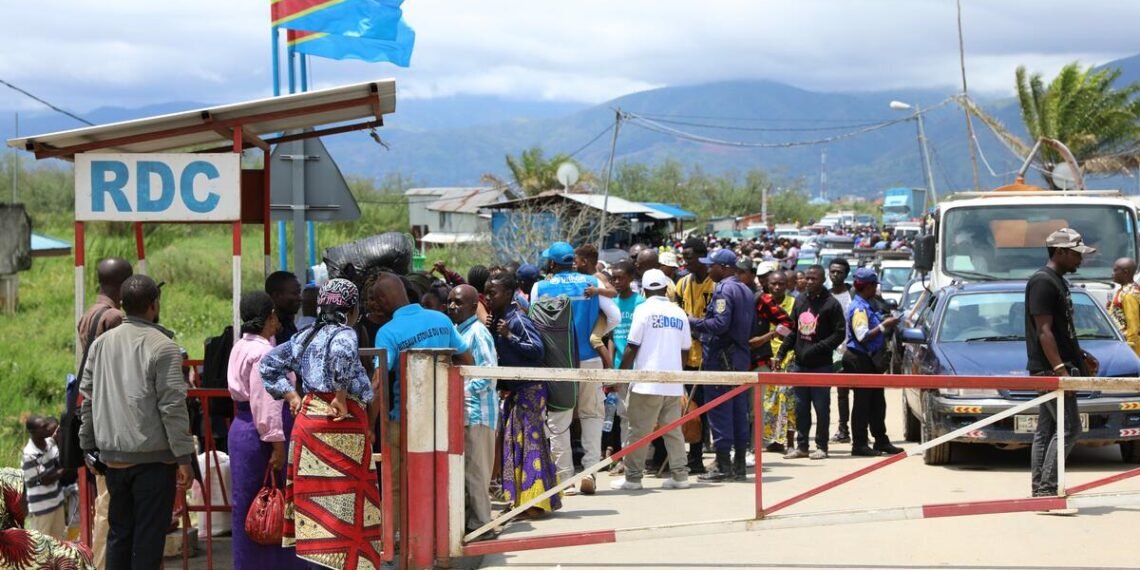Income-generating projects in Burundi have taken a hit following the ongoing conflict in the eastern Democratic Republic of Congo (DRC) since February. The turmoil has significantly affected trade and transportation, particularly in the Gatumba sector, which borders the DRC.
Residents along National Road 4, which links Bujumbura to Uvira, are facing severe economic difficulties as traffic dwindles. What was once a bustling trade route has now turned into a shadow of its former self, leaving many struggling to make ends meet.
Pascal Nt., a driver operating on the Bujumbura-Gatumba-Uvira route, laments the drastic shift.
“Nowadays, we only have a couple of passengers traveling from Uvira to Burundi, sometimes just two. The situation has changed drastically. We used to expect at least four clients from Uvira, which would have been a relief, but now we often return home without any passengers.”
Pascal Nt.
Fiston Mulondani, another driver on the Uvira-Gatumba route, expresses his frustration.
“Things were much better before. I could start my day bringing passengers from Uvira to Bujumbura, and I could make two trips daily. But everything changed for the worse around mid-February.”
Fiston Mulondani
The fourth quarter of 2023 saw over 89% of Burundi’s exports directed to the DRC, underlining its crucial role as a trade partner. However, the closure of borders and the influx of refugees have severely hampered trade flows, raising concerns about a looming economic crisis.
Burundi Seeks Stronger Economic Ties
Burundi and the DRC have been making efforts to strengthen trade ties through bilateral agreements aimed at resolving long-standing trade bottlenecks. While their economic relationship remains smaller compared to regional powerhouses like Uganda and Kenya, recent policy reforms and cross-border collaborations signal a push toward unlocking trade potential at both macro and micro levels.
In 2022, Burundi’s exports to the DRC stood at $17.8 million, mainly driven by agricultural commodities such as coffee and tea, which together account for more than half of Burundi’s foreign exchange earnings. Gold, however, remains the country’s most valuable export, bringing in $132 million in 2023. While it is unclear how much of this gold trade is linked to the DRC, it highlights Burundi’s dependence on commodity exports.
On the other hand, the DRC exported $13.1 million worth of goods to Burundi in 2022, with trade flows increasing at an annualized rate of 41.7% over the past five years.
Despite a slight trade surplus in Burundi’s favor, both nations rank low on the global export scale. In 2023, Burundi ranked as the world’s 186th-largest exporter, with total exports valued at $199 million, while the DRC stood at 78th place, boasting $20.7 billion in exports. The difference in trade volumes underscores the economic disparity between the two nations.
At the grassroots level, small-scale traders — many of whom are women — face numerous challenges, including excessive border regulations and security risks along the Burundi-DRC frontier. Informal trade, primarily consisting of agricultural products such as beans, maize, and cassava, is plagued by redundant inspections, arbitrary fees, and harassment.

A 2024 study under the Great Lakes Trade Facilitation and Integration Project (GLTFIP) revealed that uncoordinated border controls inflate costs, delay the movement of perishable goods, and aggravate food insecurity in border communities.
To tackle these issues, Burundi and the DRC ratified a Bilateral Trade Agreement in 2022 and, in March 2024, launched Joint Border Committees (JBCs) with support from the World Bank and COMESA.
These committees aim to streamline customs processes, eliminate non-tariff barriers, and provide grievance mechanisms for traders subjected to abuse. The JBCs align with the COMESA Simplified Trade Regime (STR), set for full implementation by mid-2025, which will exempt small traders from duties on goods valued under $2,000.
Regional Instability Threatens Progress
The Burundi-DRC trade relationship, though in its early stages, aligns with broader regional integration efforts. With the STR and JBCs expected to reduce transaction costs for small traders by 30%, COMESA projects a doubling of cross-border agricultural trade volumes by 2026.
However, sustaining growth will depend on stabilizing eastern DRC and diversifying Burundi’s export portfolio beyond gold and coffee. Given its reliance on foreign aid and susceptibility to commodity price fluctuations, Burundi faces a long road ahead in securing a resilient economic future.
As both nations navigate these complexities, their evolving trade dynamics provide a snapshot of Africa’s broader aspirations for inclusive economic transformation.
READ ALSO: Bright Simons Criticizes Ghana’s Policy Approach In Education



















